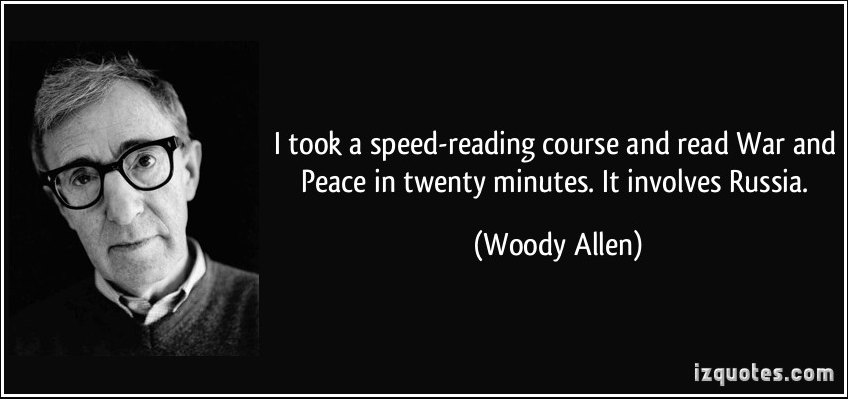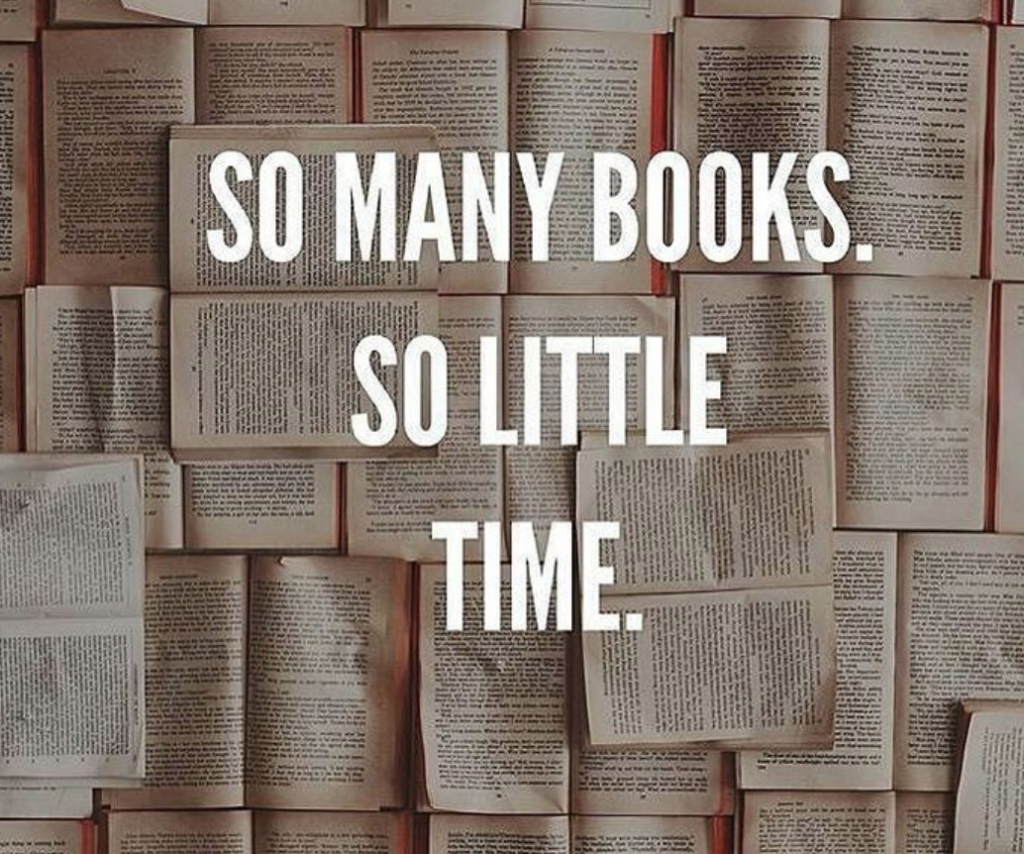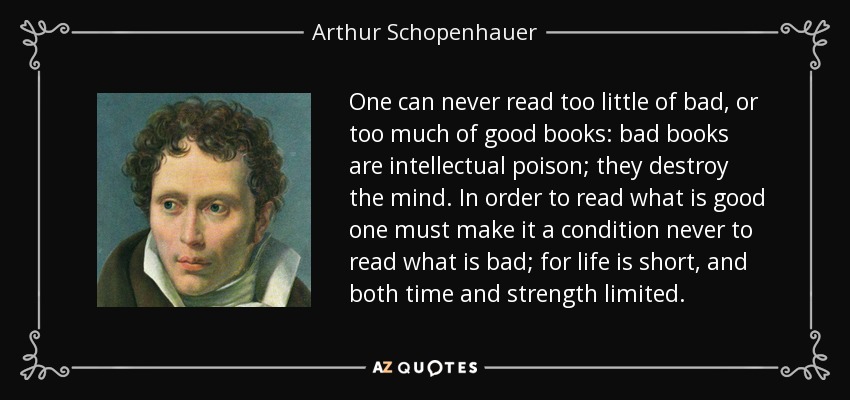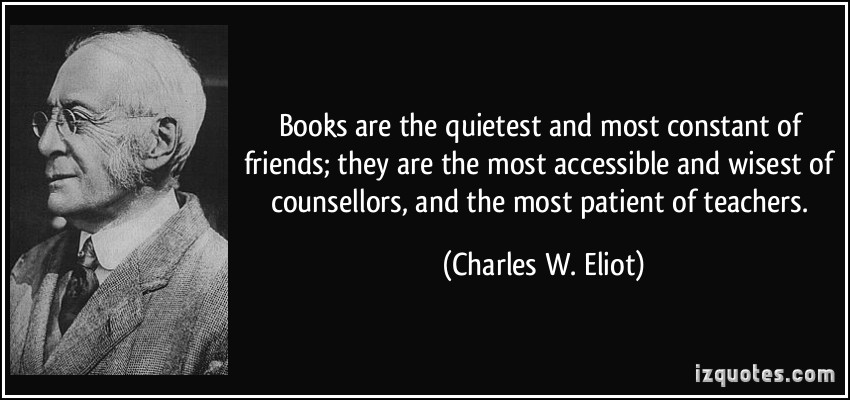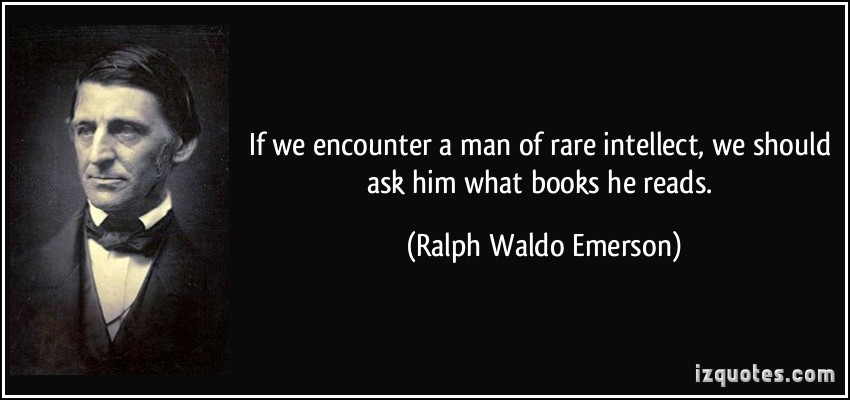“People who say they don’t have time to read simply don’t want to.”
― Julie Rugg, A Book Addict’s Treasury
1. Introduction
Once you learn to read, you will be forever free.
—Frederick Douglass
This post is about reading and learning from non-fiction books. Although I take notes and save good quotes from fiction books as well, the review phase is not as rigid.
I am slow reader. I try to digest every sentence, but I also skip passages that are boring or well known (read/learned before). I try be a mindful & active reader.
Active reading simply means reading something with a determination to understand and evaluate it for its relevance to your needs. Simply reading and re-reading the material isn’t an effective way to understand and learn. Actively and critically engaging with the content can save you time.
–The Open University
Check out: How to Be Mindful While Reading (David Gelles @ The New York Times)
I do most of my reading on one of my kindles, but sometimes it nice to hold a real book as well.
My kindle is never far away, whenever you got a minute… just read.
A couple of initial thoughts about reading (non-fiction):
- Quantity vs. quality; I’m not impressed by how many books people read, rather what they have learned and implemented into their life.
- I don’t finish every book I start.
- I don’t necessarily read every chapter/passage in a book (boring or well-known/learned subjects are easily skipped)
- goodreads.com new integration with amazon kindle notes rocks!!
- If you don’t use goodreads (shame on you), you have to check out read.amazon.com and click “Your notes & highlights”
- I don’t believe in “Speed reading”
2. Before Reading
“A reader lives a thousand lives before he dies, said Jojen. The man who never reads lives only one.”
― George R.R. Martin, A Dance with Dragons
- Choose your books wisely.
Sometimes it’s nice to just jump into a book without too much research, but usually I carefully check alternatives, and read reviews. I often end up choosing another book on the same subject. - Skim the Index, Contents, and Preface.
I use amazon’s preview function & always read the introduction & TOC.
3. While Reading
“Reading is to the mind, what exercise is to the body. As by the one, health is preserved, strengthened, and invigorated: by the other, virtue (which is the health of the mind) is kept alive, cherished, and confirmed.”
– Joseph Addison
- Taking notes.
I create a new document in Evernote when starting a book.
After reading a chapter I try to write a short review. - Highlighting while reading.
I highlight a lot… and using a kindle all highlighted text is available in goodreads.com & @ read.amazon.com. When a chapter is finished I copy all my highlighted text into Evernote.
When the book is finished I got a Evernote document with picture of the book, facts about the book, chapter reviews and loads of quotes from the book. - Schedule time in your calendar for reading.
This will help you stay focused. I read about an hour each morning.
-> My Morning Routine
And as much as possible during the rest of the day.
Traveling is also a great time to read, no magazines, newspaper & mindless smartphone usage.. read! - Life is too short to finish a bad book.
4. After Reading
You can’t buy happiness, but you can buy books and that’s kind of the same thing.
–Anonymous
- I finish up my evernote document
- Goodreads.com review.
Sometimes I write a short review of the book @ goodreads.com. - What have I learned? What can implement into my life ?
Is there anything in this book that I want to make a personal habit out of ? - Tell other people about the book – be a teacher.
Sometimes a create a blogpost here @ carpediem101.com
5. Inspiration
- How to Read a Book: The Ultimate Guide by Mortimer Adler
- How to Remember What You Read (Farnamstreetblog.com)
- The Top 3 Most Effective Ways to Take Notes While Reading (Farnamstreetblog.com)
- HOW TO READ MORE — A LOT MORE (ryanholiday.net)
-
25 Scientifically Proven Tips For More Effective Studying (www.mydegreeguide.com)
-Egil



